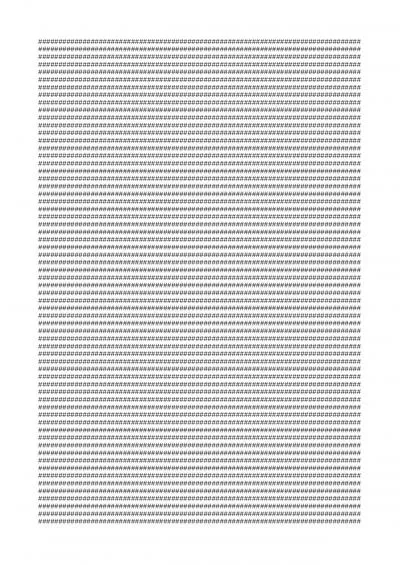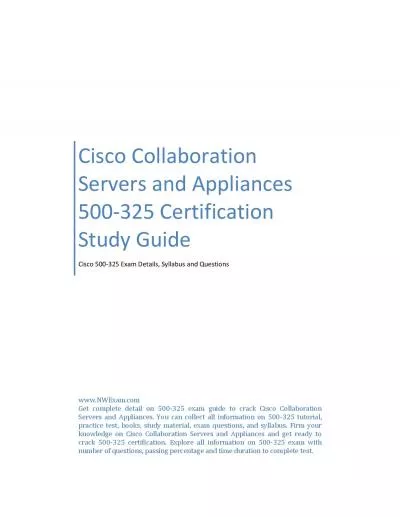PPT-H.325 Overview
Author : yoshiko-marsland | Published Date : 2015-09-24
Paul E Jones Rapporteur Q1216 H325 Experts Group April 7 2009 1 Objectives Improve the end user experience Enable innovative applications Enable mobility Enable
Presentation Embed Code
Download Presentation
Download Presentation The PPT/PDF document "H.325 Overview" is the property of its rightful owner. Permission is granted to download and print the materials on this website for personal, non-commercial use only, and to display it on your personal computer provided you do not modify the materials and that you retain all copyright notices contained in the materials. By downloading content from our website, you accept the terms of this agreement.
H.325 Overview: Transcript
Paul E Jones Rapporteur Q1216 H325 Experts Group April 7 2009 1 Objectives Improve the end user experience Enable innovative applications Enable mobility Enable multimedia Make it . 5 November 2009 325 OnSet Theory of SelfExcitation in Induction Generator Shakuntla BOORA YMCA Institute of Engg Department of Electri cal Engg Faridabad 121002 Haryana India Email Shakuboorayahoocom Abstract This paper examines the phenomenon of se We recommend that you consult the suggested readings at the end of the module for more indepth treatment of the foundations of qualitative research This module covers the following topics Introduction to Qualitative Research Comparing Qualitative Tentative vacancy positions upto 31st March, 2015 SI. No. Goa Shipyard Ltd.(GSL), GOA DIR DEHRADUN JS 30-Jul-13 3 Western Coalfields Ltd.(WCL), NAGPUR Nagpur DIR 4 Mormugao Port Trust, (MPT), GOA Goa and Other SHB Selections from the UF-IFAS Breeding Program. Dr. Jim Olmstead. February 20, 2014. UF Variety Release. Must adhere to current UF-IFAS standards. Tested in enough replication, locations, years, etc. . 65 Years 65 Years Standard Geometric Styles 3/16".150.175.103 1/4".175.200.123 5/16".200.225.163 3/8".225.250.188 7/16".250.275.228 1/2".275.300.2435/8".325.300.302 PackingTopBottomPressureSize Adapte Diktys. Stratakis. Brookhaven National Laboratory. February 19, 2014. February 19, 2014. D. Stratakis | DOE Review of MAP (FNAL, February 19-20, 2014). 1. Muon Accelerator Front-End (FE). Front-End (FE) is . AOA Focus, March 2018. AOA Focus, March 2018. Opioid prescriptions per year . per 100 persons. History of Drug Control. International. International . Opium Convention of 1912. Convention . for Limiting the Manufacture and Regulating the Distribution of Narcotic Drugs of 1931. www.kkamerica-inc.com Variations in face masks, wigs and external genitals offers wide Training of intubation assistance can be performed in setting of critical care such as perioperative period and i PPMParallelism of the upper beam is maintained through an anti-torsion bar system This solid torsion bar links both ends of the ram and maintains parallelism throughout the entire stroke even if o1 -c kindly visit us at www.nexancourse.com. Prepare your certification exams with real time Certification Questions & Answers verified by experienced professionals! We make your certification journey easier as we provide you learning materials to help you to pass your exams from the first try. kindly visit us at www.examsdump.com. Prepare your certification exams with real time Certification Questions & Answers verified by experienced professionals! We make your certification journey easier as we provide you learning materials to help you to pass your exams from the first try. Professionally researched by Certified Trainers,our preparation materials contribute to industryshighest-99.6% pass rate among our customers. Start here---https://bit.ly/3qyBAUz---Get complete detail on 500_325 exam guide to crack Cisco Collaboration Servers. You can collect all information on 500_325 tutorial, practice test, books, study material, exam questions, and syllabus. Firm your knowledge on Cisco Collaboration Servers and get ready to crack 500_325 certification. Explore all information on 500_325 exam with number of questions, passing percentage and time duration to complete test. What is . Pathfinding. ?. Find a path between two given locations on a map with obstacles. A Broad Area with Many Types of .... A Challenging Search Problem. Need solution in real time. CPU and memory resources are often limited. Get complete detail on 500-325 exam guide to crack Cisco Collaboration Servers and Appliances. You can collect all information on 500-325 tutorial, practice test, books, study material, exam questions, and syllabus. Firm your knowledge on Cisco Collaboration Servers and Appliances and get ready to crack 500-325 certification. Explore all information on 500-325 exam with number of questions, passing percentage and time duration to complete test.
Download Document
Here is the link to download the presentation.
"H.325 Overview"The content belongs to its owner. You may download and print it for personal use, without modification, and keep all copyright notices. By downloading, you agree to these terms.
Related Documents

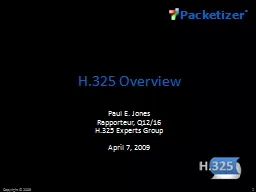

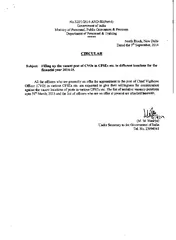


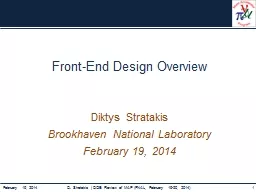
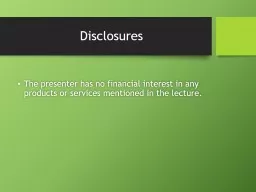
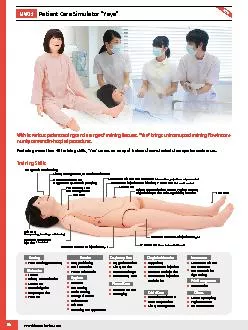
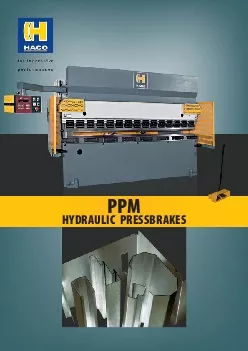


![Cisco 500-325 CSA Exam: Tips & Tricks to Ace the Exam [2023]](https://thumbs.docslides.com/1013854/cisco-500-325-csa-exam-tips-tricks-to-ace-the-exam-2023.jpg)
